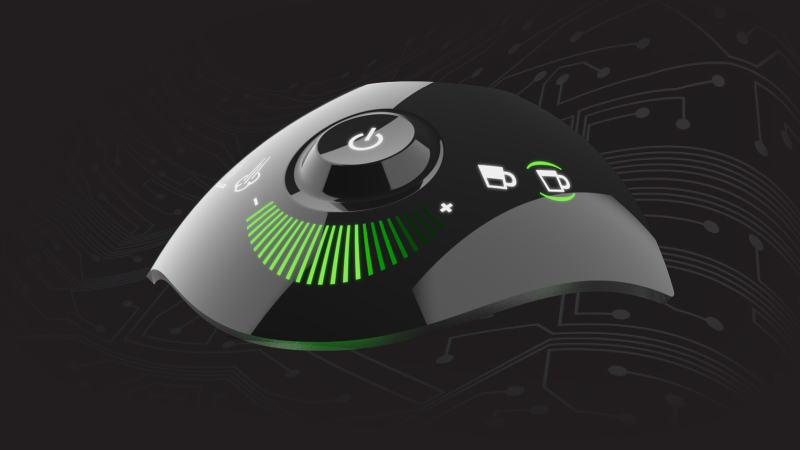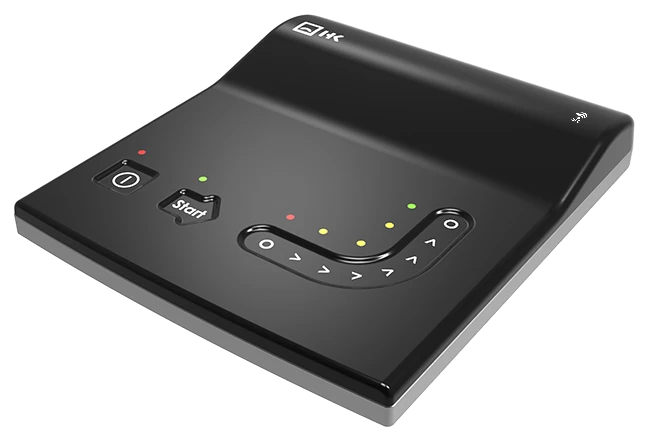Discovering the Art of In-Mold Decorations: A Thorough Appearance at Advancements and techniques
When it comes to in-mold designs, a marriage of imagination and accuracy emerges to redefine the opportunities of design. From the evolution of strategies to the introduction of advanced materials, the landscape of in-mold designs is a canvas where technology thrives.
Evolution of In-Mold Decoration Techniques
The evolution of in-mold design strategies has dramatically advanced the aesthetic opportunities and effectiveness of item decoration in making processes. In the past, conventional techniques of embellishing products commonly entailed post-processing steps that were taxing and included complexity to the assembly line. With the introduction of in-mold decoration (IMD) techniques, producers can now effortlessly incorporate ornamental components directly into the molding process.
Among the crucial improvements in IMD techniques is the ability to achieve complex designs with remarkable detail and clearness. By making use of modern technologies such as high-resolution printing and progressed mold and mildew surface area treatments, producers can develop aesthetically sensational decors on items ranging from consumer electronic devices to vehicle components. In addition, IMD strategies have made it possible for the consolidation of structures, finishes, and shades that were previously hard to achieve with conventional decor approaches.

Advanced Products and Technologies
Progressing the leading edge of development in manufacturing, the assimilation of innovative products and technologies has transformed the landscape of in-mold decor methods. Advanced materials such as unique polymers and nanocomposites supply boosted sturdiness and aesthetic residential properties, permitting vibrant colors and intricate designs to be integrated perfectly right into the end product. These materials also provide improved resistance to ecological aspects like UV radiation and chemicals, boosting the long life of the designs.
Technical improvements, such as electronic printing and 3D surface texturing, have more expanded the opportunities in in-mold designs. Digital printing allows high-resolution graphics to be straight related to the mold surface area, causing sharp photos and specific information. On the various other hand, 3D surface area texturing techniques develop tactile results that boost both the sensory and visual appeal of the enhanced items.
The synergy in between advanced materials and innovations not just elevates the visual appeals of in-mold decors yet additionally enhances efficiency in the production procedure, making it more economical and eco-friendly (In-Mold Decorations). This integration leads the way for unlimited innovative opportunities in the realm of in-mold decor

Intricate Style Possibilities
Discovering the that site realm of in-mold decorations introduces a world of complex design possibilities that press the limits of creative thinking and accuracy. Producers are no more restricted to easy patterns or layouts; instead, they can now achieve highly described and complicated designs on their items. In-mold design techniques permit the incorporation of fine lines, detailed structures, and vibrant shades that were previously challenging to achieve with other methods.
One of the key advantages of in-mold designs is the capability to develop 3D impacts, including deepness and realism to the design. This technique opens up a large range of imaginative opportunities, making it possible for suppliers to replicate all-natural materials like timber grain or marble with amazing precision. In addition, in-mold decors can be utilized to create one-of-a-kind surfaces such as metallic results or shiny textures, improving the overall visual charm of the item.
Moreover, in-mold designs supply superb precision, ensuring consistency in layout across a huge production run. This level of information and accuracy is important for industries where branding and design honesty are paramount, such as in the vehicle or customer electronics markets. On the whole, the elaborate design opportunities afforded by in-mold designs remain to change the way items are enhanced and designed in different sectors.
Sector Applications and Innovations
Structure upon the elaborate design possibilities promoted by in-mold decors, numerous markets are taking advantage of ingenious applications to boost product visual appeals and capability. Additionally, the customer electronics industry is leveraging in-mold designs to visit this site right here produce modern-day and smooth tools with smooth layouts that integrate buttons and displays right into the item surface area. By accepting in-mold decorations, these markets are establishing brand-new standards for item design and visual appeals, providing consumers with innovative and aesthetically striking products.
Future Patterns in In-Mold Decorations
Embracing evolving modern technologies and style techniques, the world of in-mold decors is positioned to witness substantial changes and developments in the close to future (In-Mold Decorations). Such developments not only improve the aesthetic allure of the products yet additionally add functional worth, making in-mold decorations much more than simply a design element.
Moreover, sustainability is becoming a crucial focus in the field of in-mold designs. Makers are exploring environment-friendly materials and processes to minimize environmental influence while preserving premium requirements. This fad straightens with the expanding customer demand for lasting items, pressing the sector towards even more environmentally conscious practices.
In addition, personalization and customization are anticipated to play a significant function in the future of in-mold decors. With developments in digital printing modern technologies and software application abilities, manufacturers will be able to offer more customized services to fulfill private customer choices. This fad is most likely to drive technology and creativity in the style and production procedures, giving individualized and special items to customers.
Conclusion
In-mold decoration techniques have developed dramatically, offering advanced materials and innovations that enable complex style possibilities. These advancements have actually found applications throughout different sectors, leading to continual developments and future fads in in-mold designs. The art of in-mold decors remains to push boundaries and develop new opportunities for boosting product appearances and functionality.

Building upon the detailed design possibilities promoted by in-mold decors, various markets are using ingenious applications to raise item visual appeals and functionality. Furthermore, the consumer electronics market is leveraging in-mold decors to generate contemporary and smooth gadgets with smooth layouts that incorporate switches and shows right into the item surface. By welcoming helpful resources in-mold decors, these markets are setting brand-new requirements for product design and looks, supplying customers with cutting-edge and aesthetically striking products.